HOW LYRICAL LEGEND SAHIR LUDHIANVI CAST SPELL ON CINEMA WITH HIS MAGICAL WORDS
by ASJAD NAZIR
BIG musical numbers have given Bollywood a unique identity. Although legendary singers and producers have gained iconic status for delivering superb songs across the generations, the lyricists played a key role and Sahir Ludhianvi is regarded by most as the greatest in Indian cinema’s history.
Born on March 8 in 1921, the man affectionately known as the people’s poet rose from an impoverished childhood and left an incredible body of work before his premature death on October 25, 1980. Such was his stature that plays about him have been written along with various books and there are plans to make a big budget movie based on his amazing life.
His remarkable body of work included classic songs like Kabhi Kabhie, Tumsa Nahin Dekha, Main Zindagi Ka Saath, Jo Waada Kiya Wo and Aye Meri Zohra Jabeen. Despite the name, fame and romance that came from his every word he died a bachelor. To mark his death anniversary, Eastern Eye’s Asjad Nazir went back in time to chart the remarkable life of the lyrical genius.
Sahir Ludhianvi was born as Abdul Hayee into a family of wealthy landowners in Ludhiana, Punjab. Instead of being a tranquil childhood it was traumatic because his father Fazal Mohammad was abusive and a notorious womaniser.
His Kashmiri mother Sardar Begum was unwilling to take the abuse any longer and decided to take the bold step of divorcing her husband despite it meaning she would forfeit any claims to his wealth. Fazal sued for custody, but lost and threatened to kill his young son as revenge. Instead of fleeing, she protected her son and instilled him with a fighting spirit. The young Abdul worked hard at school and excelled in Urdu.
He developed a love for writing early on and would regularly perform his poems. He was later expelled from college for allegedly fraternising with a female student, but many feel it was because of his politically charged poems demanding freedom for an India under British rule. He moved to Lahore in 1943 to look for new opportunities.
In 1944 he attended a poetry recital event and laid his eyes on Amrita Pritam, herself an accomplished writer who would go onto gain legendary status. There was an immediate connection between the two writers, but she was unhappily married to a man to whom she was betrothed to as a child.
They formed an immediate connection and fell in love, but their romance would not be a conventional one. They would write deeply poetic and romantic love letters to one another in the years that followed. When they secretly met it was mostly still silence.
In her autobiography Amrita recalled how they would gaze at each other in silence while Ludhianvi chain-smoked and how after he left she would save the cigarette stubs. She wrote: “When I would hold one of these cigarettes between my fingers, I would feel as if I was touching his hands. This is how I took to smoking. Smoking gave me the feeling that he was close to me. He appeared, each time, like a genie in the smoke emanating from the cigarette.”
It remains unclear if that romance with a woman he couldn’t have triggered the deep love songs that would later entertain so many millions or the fact he couldn’t find that permanent connection with a woman he so desired.
Like most poets of the day he changed his name, to Sahir Ludhianvi. Sahir meant magician and the surname paid homage to the place of his birth. In 1945, the magician from Ludhiana got a book titled Talkhiyaan published. The pain-filled collection of poems gained a lot of attention. Meanwhile Sahir started work as an editor for a magazine and got further poetry published, which received massive acclaim. After partition he moved to Delhi briefly and ended up in Mumbai, but that strong bond with Amrita Pritam remained.
She too had moved to the newly formed India and was willing to leave her husband, but he wasn’t so sure and remained distant although still very much in love. He would channel that heartache into songs like ones in Devdas (1955), which is perhaps the most famous film about unrequited love.
In 1948 the rising star would take the first step towards a career that would define his legacy by making his debut as a lyricist by writing four songs for the film Azadi Ki Raah Par.
The turning point came in 1951 when he wrote songs for the film Naujawan. Stardom arrived the same year with the soundtrack of blockbuster Baazi. He started an impressive partnership with legendary music director SD Burman, hitting their peak with poetic masterpiece Pyaasa (1957).
If he couldn’t get peace in his personal life that wasn’t the case professionally and he worked with the biggest music directors from the golden age of cinema. According to legendary writer Gulzar, Sahir bought maturity and dignity to lyrics.
He became an integral part of teams assembled by top filmmakers including BR Chopra, who got him to write lyrics for blockbusters like Naya Daur (1957) and Dhool Ka Phool (1959), which marked the directorial debut of Bollywood’s greatest director Yash Chopra. The Dhool Ka Phool song Tu Hindu Banega earned Sahir his second Filmfare Award nomination for Best Lyricist and started an incredible partnership with Yash Chopra that would include Waqt (1965), Daag (1973), Deewar (1975), Kabhi Kabhie (1976) and Trishul (1978).
By 1960 the intense romance with Amrita Pritam had fizzled out and he rebounded with aspiring singer Sudha Malhotra, but it wasn’t the same.
Meanwhile Sahir started to fight for the rights of lyricists including getting them credits on radio and insisting they be the paid more along with getting royalties. While others constructed their lyrics around the melody, he insisted music producers construct the sound around his words.
Although many saw him as a man with a huge ego he recognised talent and helped others including the late Anand Bakshi, who would become the most commercially successfully lyricist in Indian cinema history with a record-breaking 40 Filmfare Award nominations for Best Lyricist.
Bakshi said: “I am just a songwriter, Sahir is a true poet. When I was struggling for a foothold in the profession the first 10 years, poet Sahir Ludhianvi gave me a lot of moral support to survive in this profession. He was a writer who impressed me with his ability to write poetry, literature along with film song lyrics.”
While other lyricists churned out songs, he was very particular about projects he took on, resulting in a higher hit rate. In 1964 he won his first Filmfare Best Lyricist Award for Jo Waada Kiya from Taj Mahal (1963). His genius was recognised by all in the industry and aspiring writers saw him as an inspiration.
By the 1970s action was dominating Indian cinema so it became more difficult for poets like him, but undeterred he continued to deliver masterpieces including his career defining soundtrack to Kabhi Kabhie. Two songs from that film were nominated for the Filmfare Best Lyricist award with the title track winning in 1977. He was also awarded the Padmashri by the government of India in 1971.
Perhaps it was the childhood trauma of seeing his mother treated so badly, but Sahir was unable to have a lasting relationship and remained a bachelor his whole life. He would publish poems and books, which became an outlet for his pain. He had no children but the beautiful words would immortalise him as the king of romance.
On October 25, 1980, Sahir Ludhianvi succumbed to a massive heart attack and passed away. Such was Yash Chopra’s sense of loss that he was left wondering how he would make films without his favourite songwriter.
But his popularity remained with songs that are still loved today.





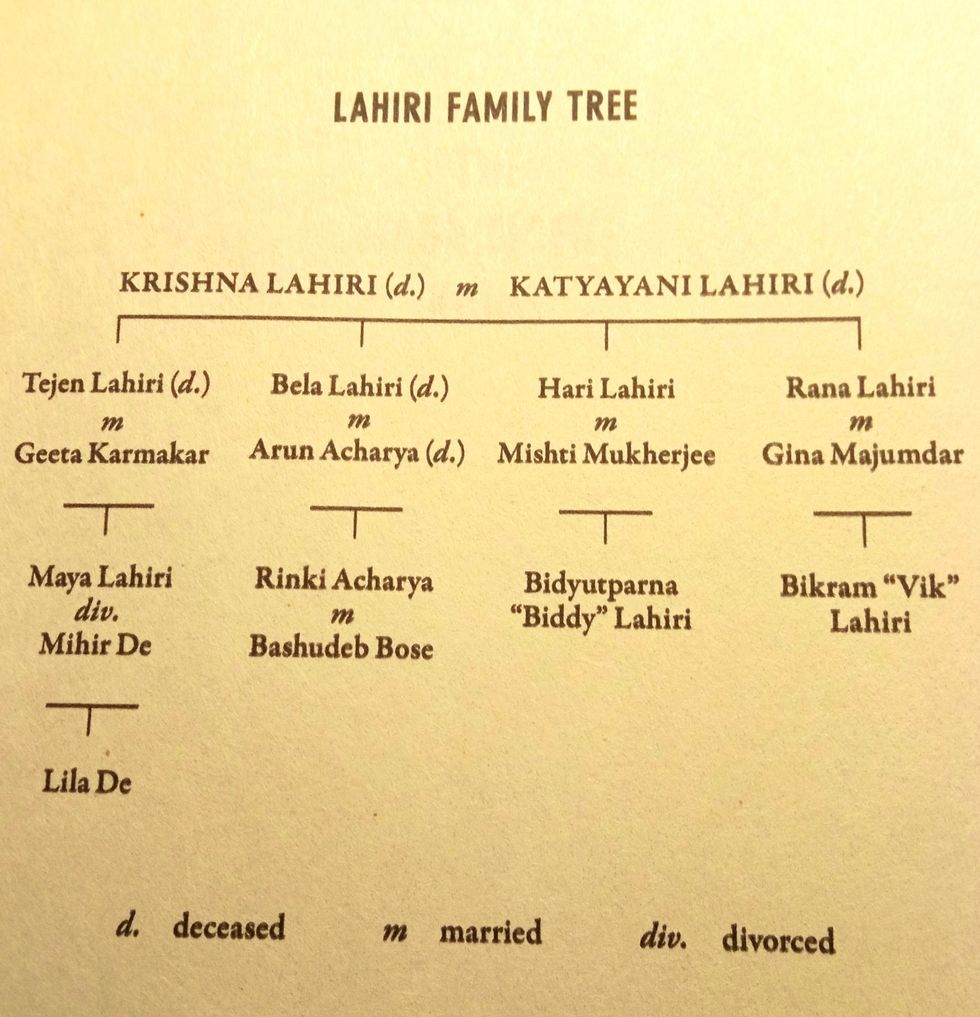 The family tree from the novel’s opening
The family tree from the novel’s opening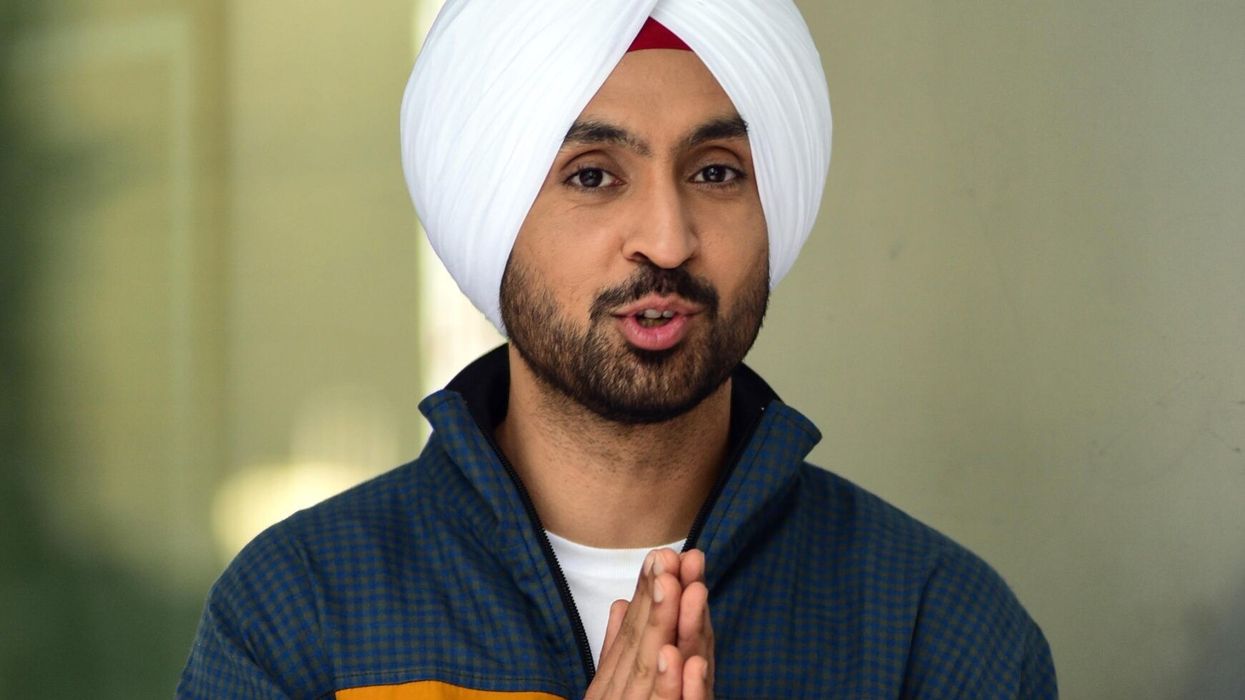











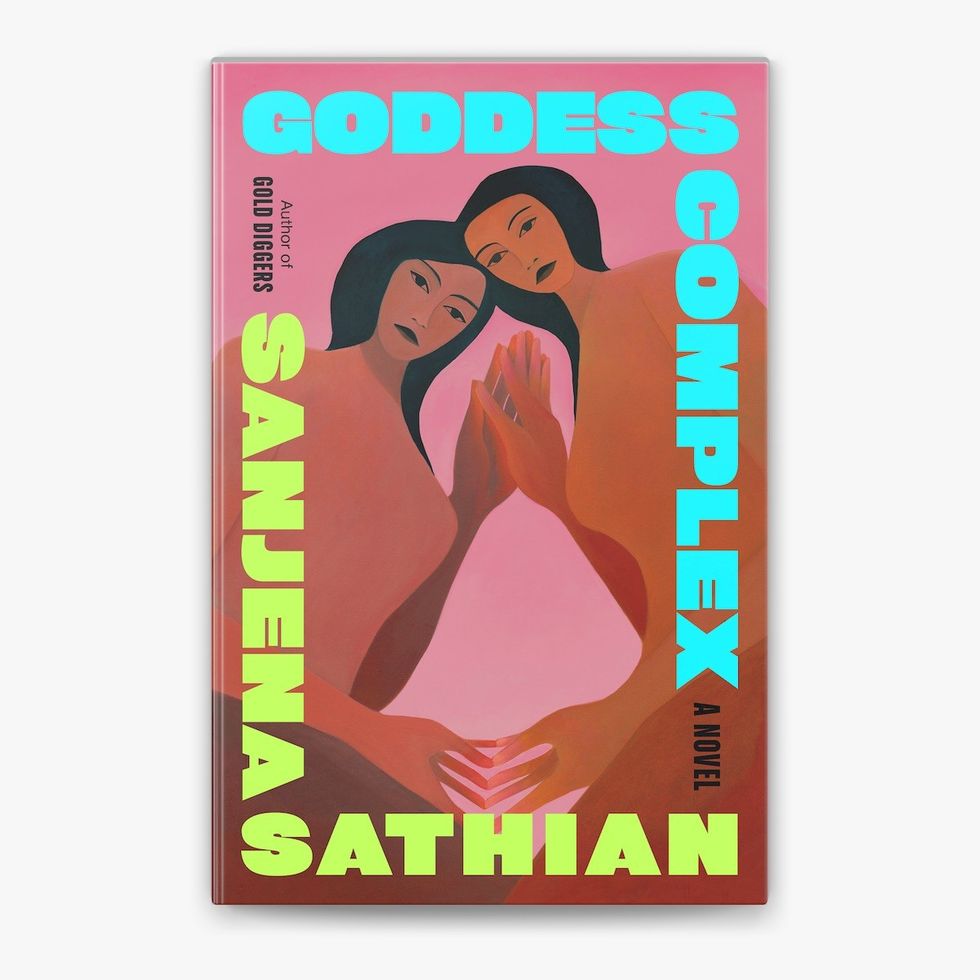
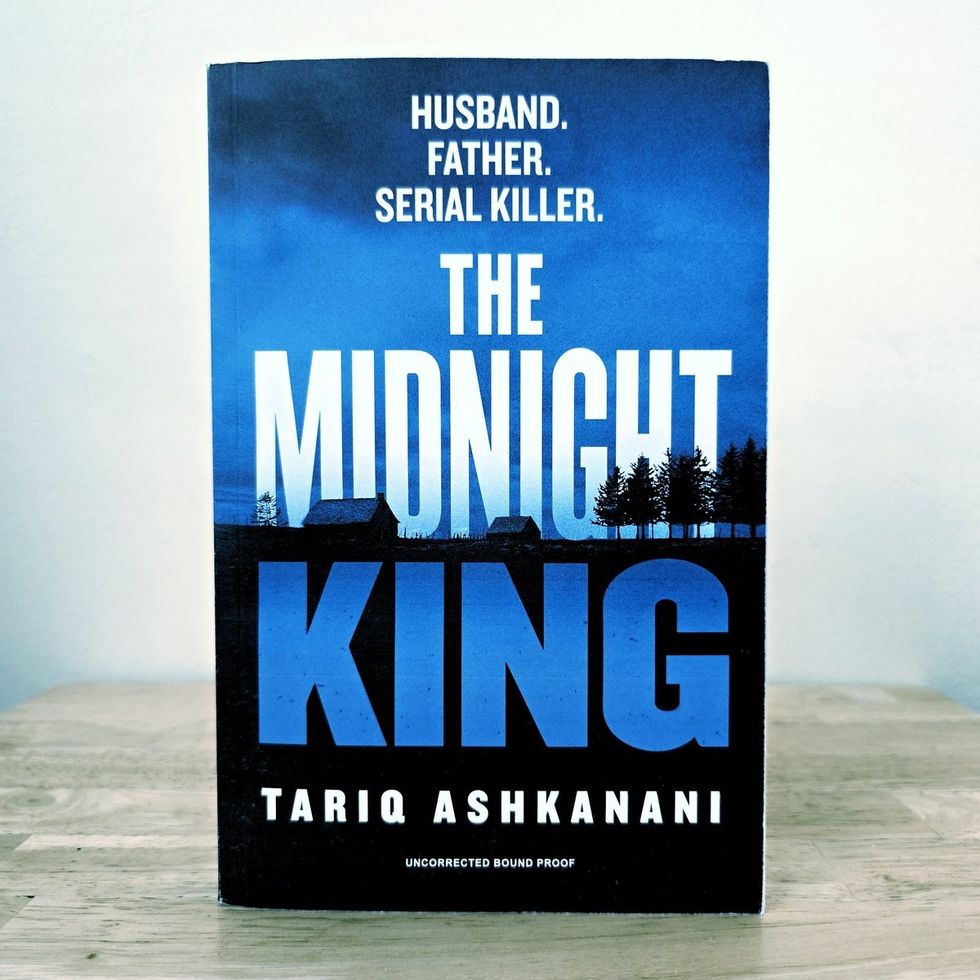
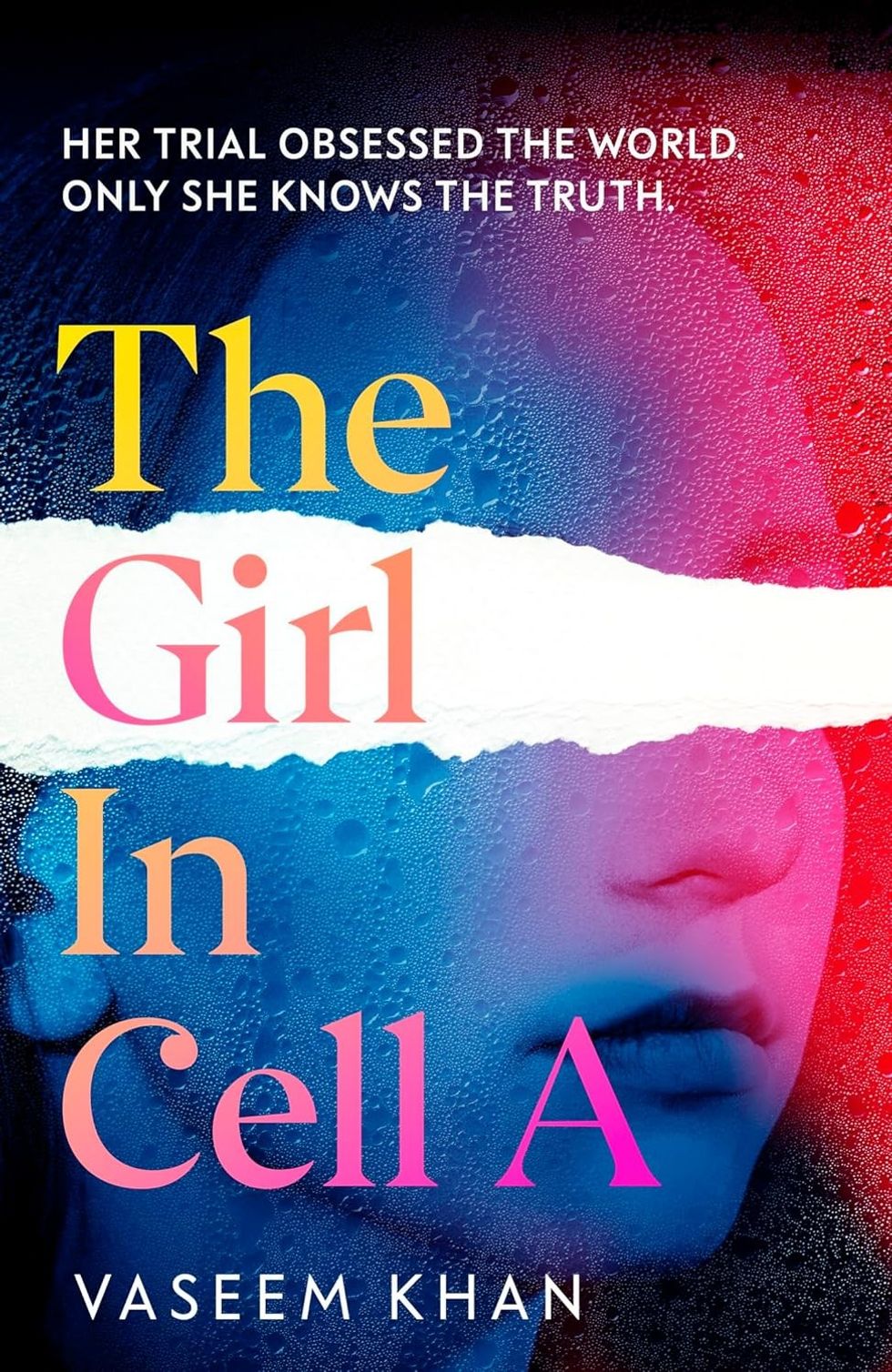
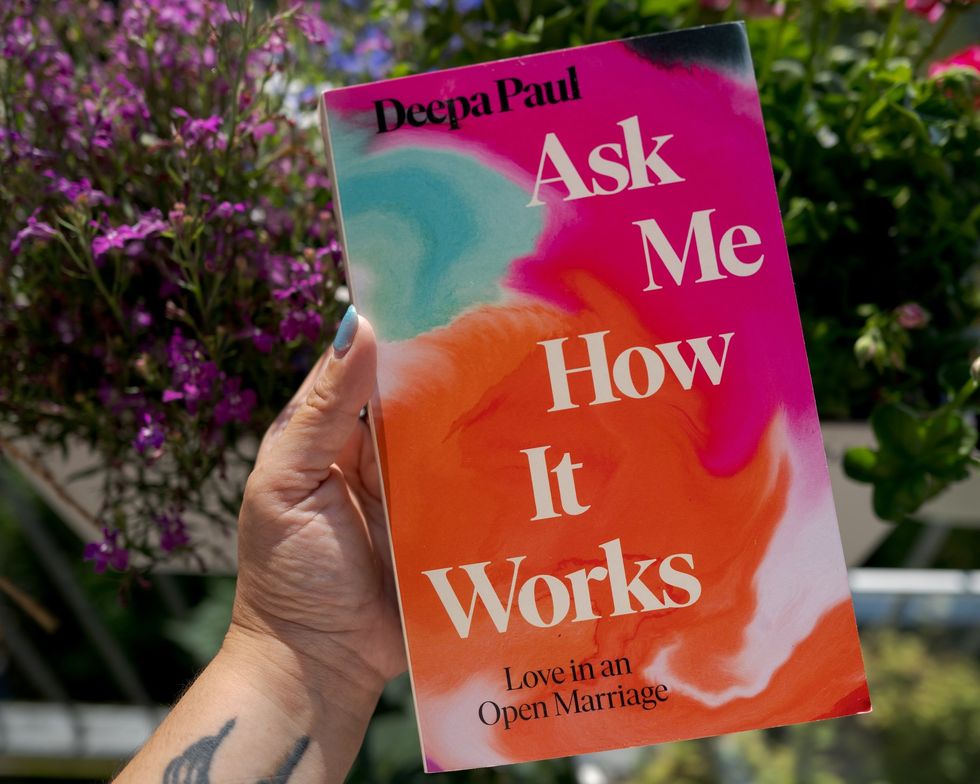
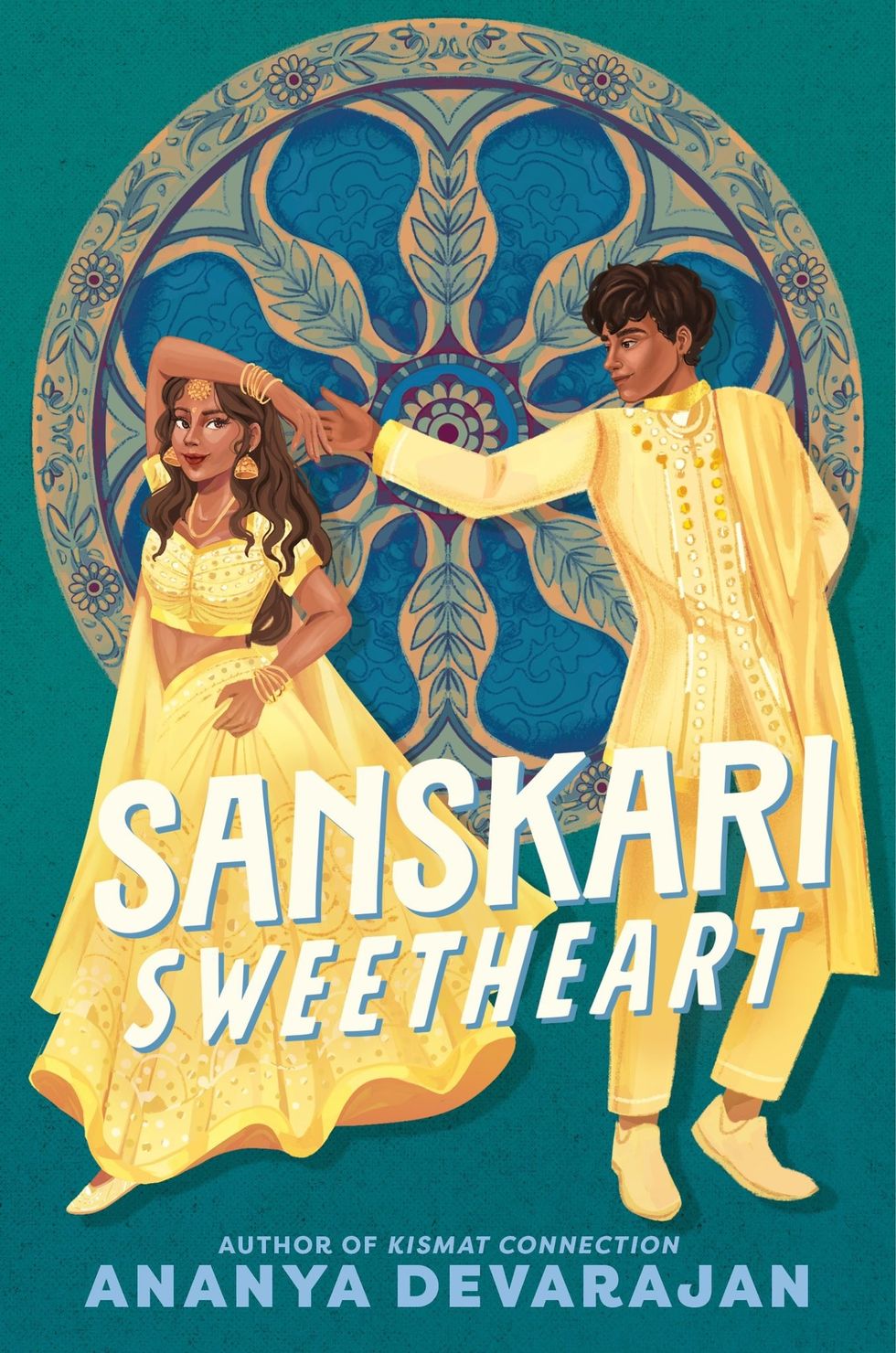
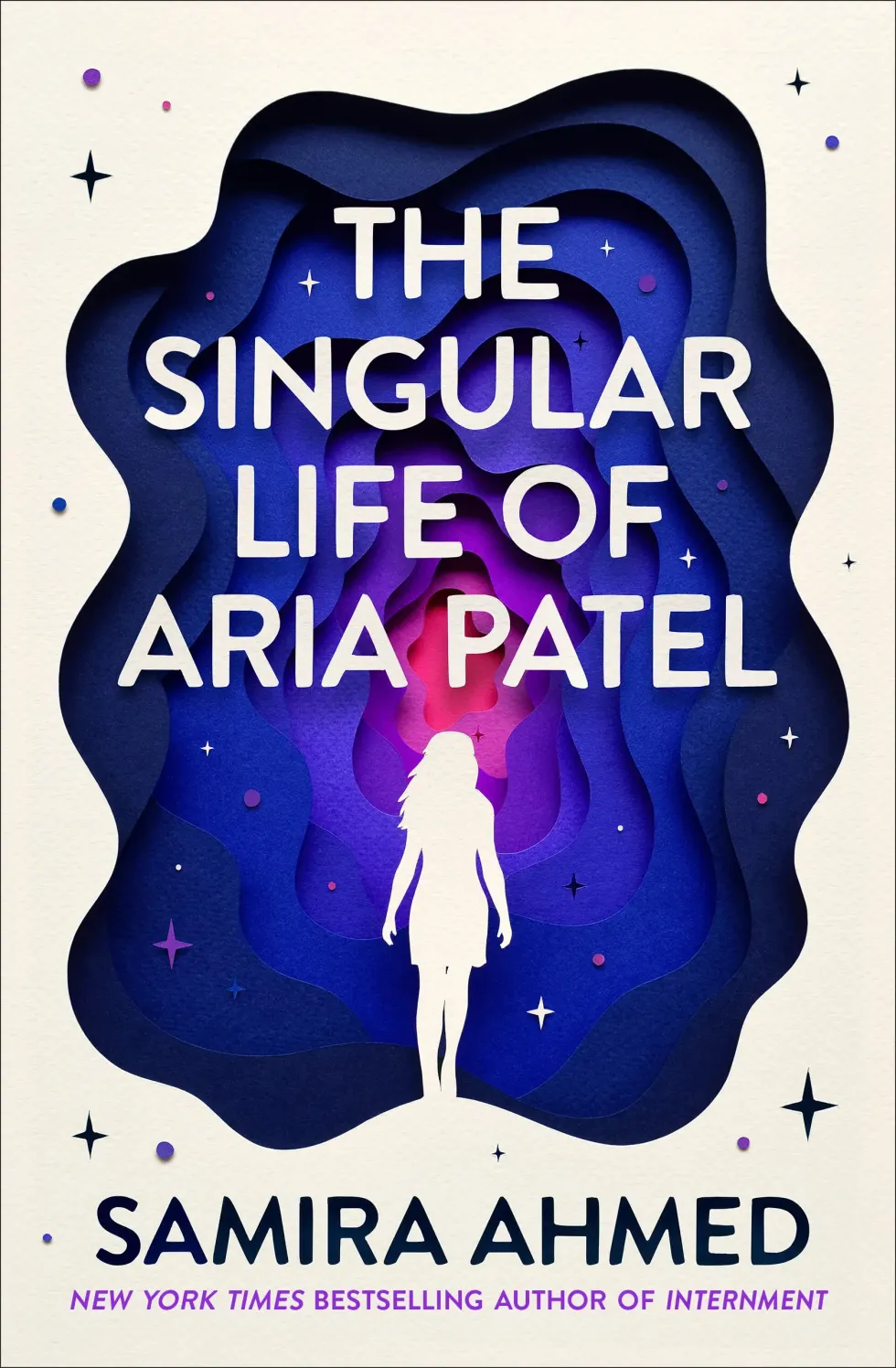
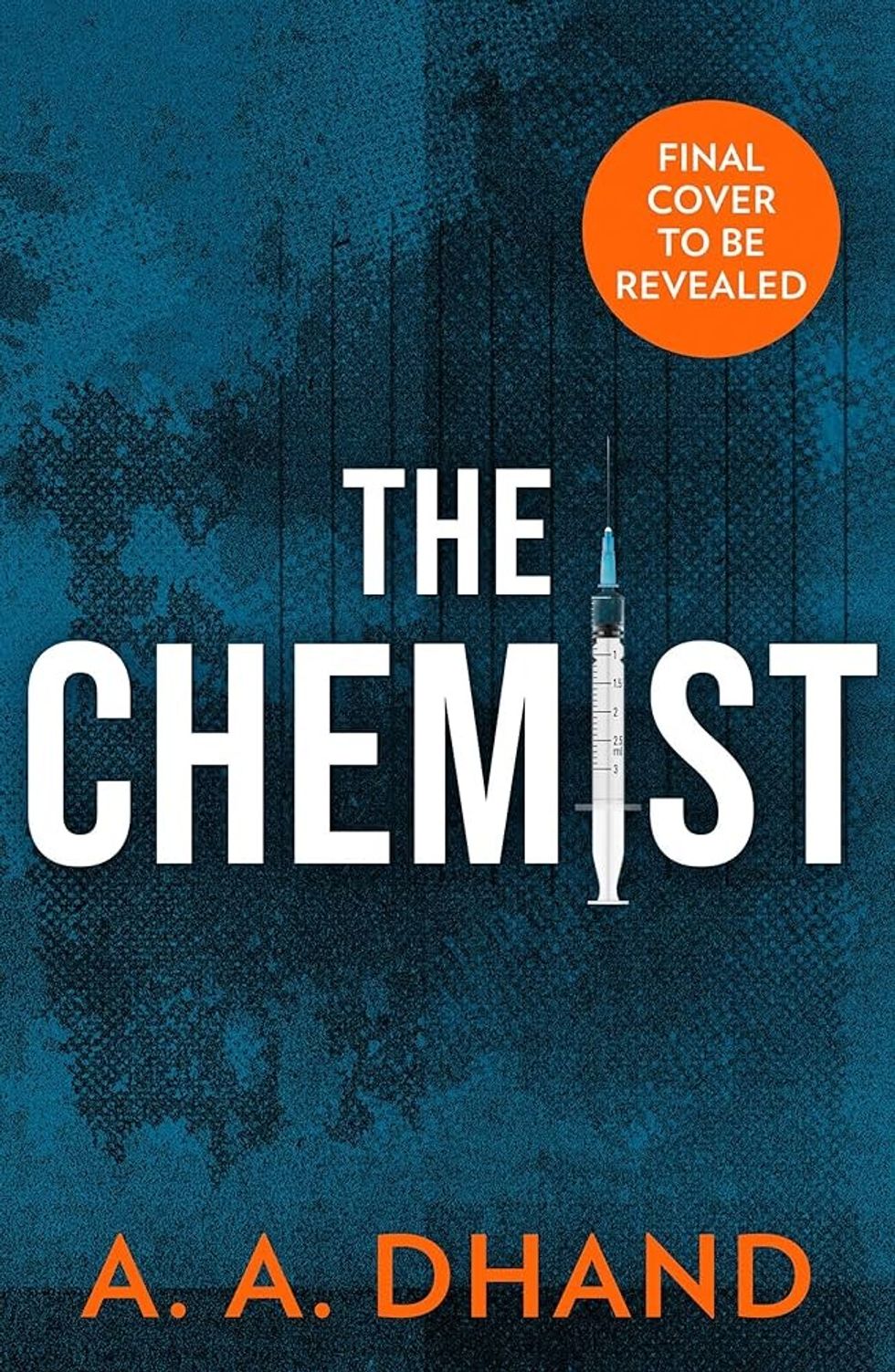
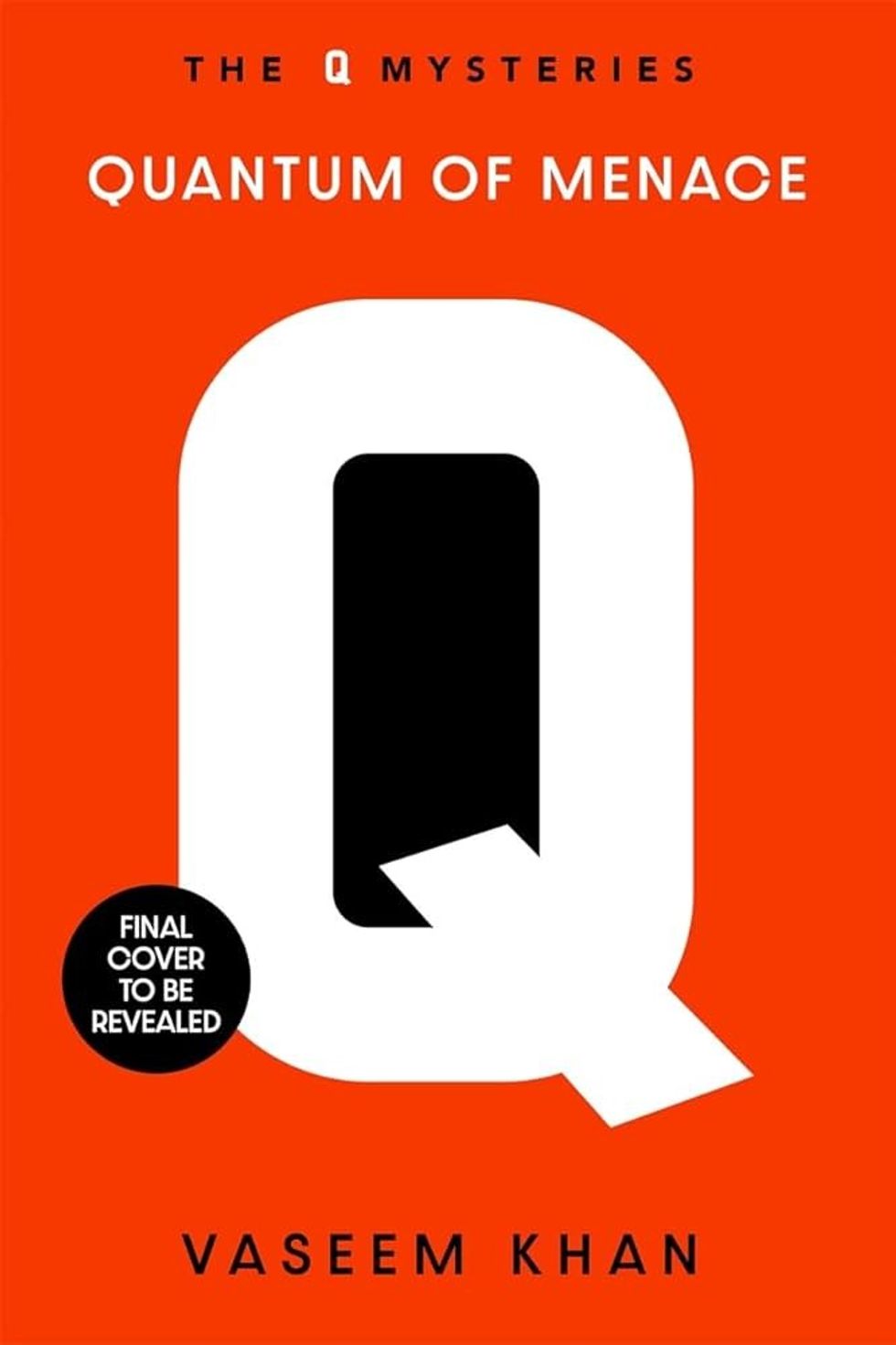

 Aryan
Aryan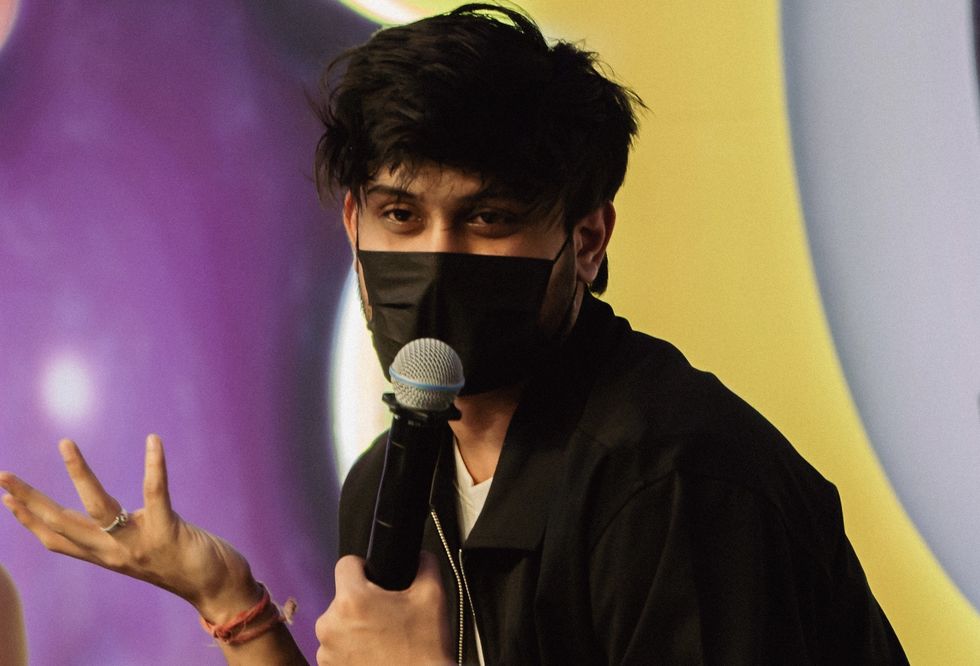 Ayu
Ayu
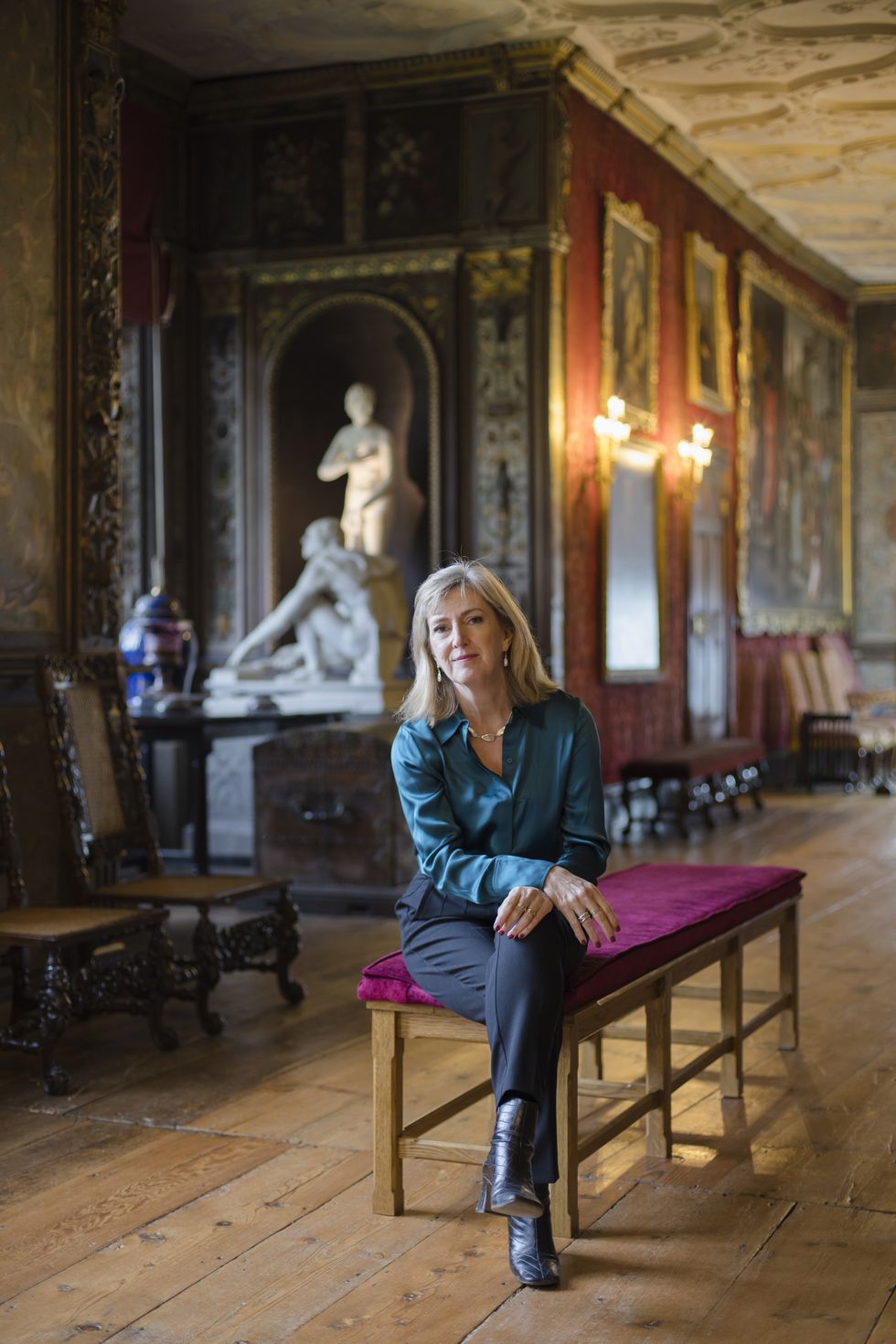 Hilary McGrady
Hilary McGrady A gardener at Castlefield Viaduct, Manchester
A gardener at Castlefield Viaduct, Manchester An apprentice ranger planting sphagnum moss plugs on Marsden Moor, West Yorkshire
An apprentice ranger planting sphagnum moss plugs on Marsden Moor, West Yorkshire
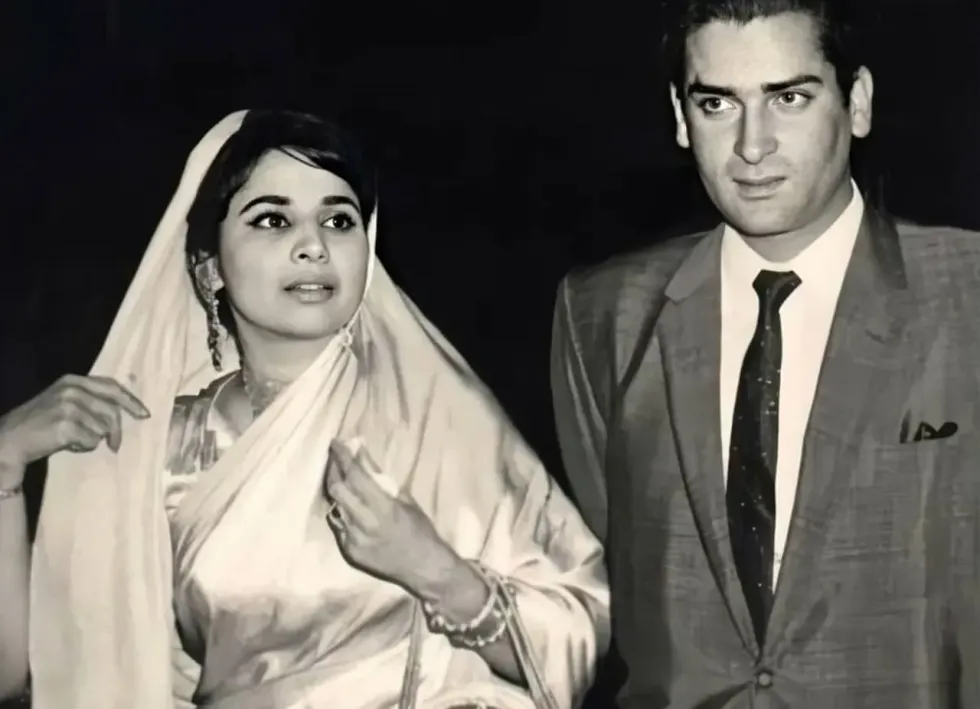 With her husband Shammi Kapoor
With her husband Shammi Kapoor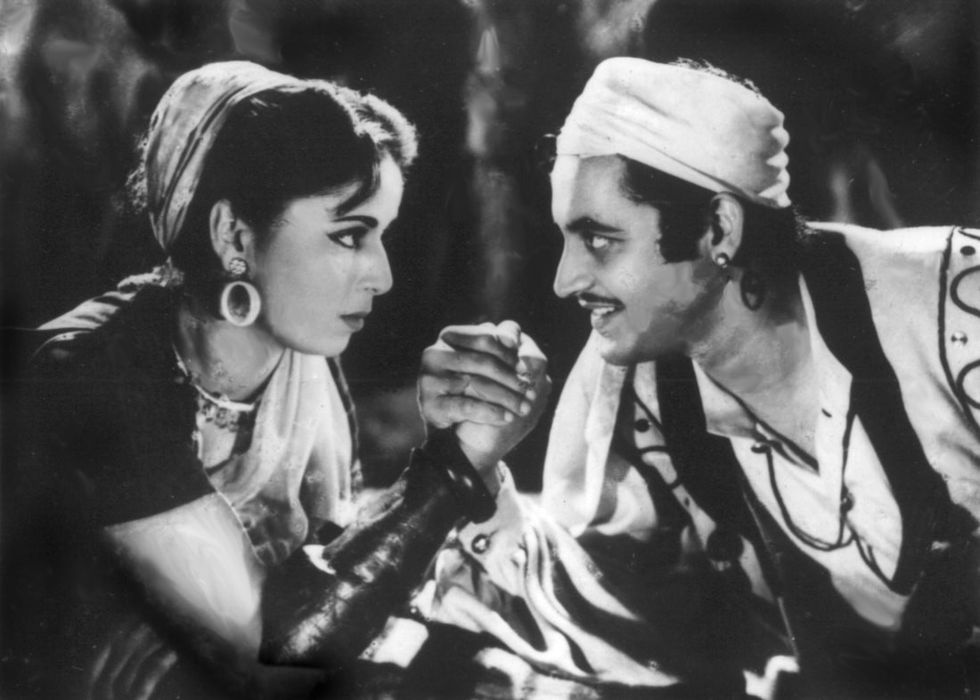 Baaz
Baaz